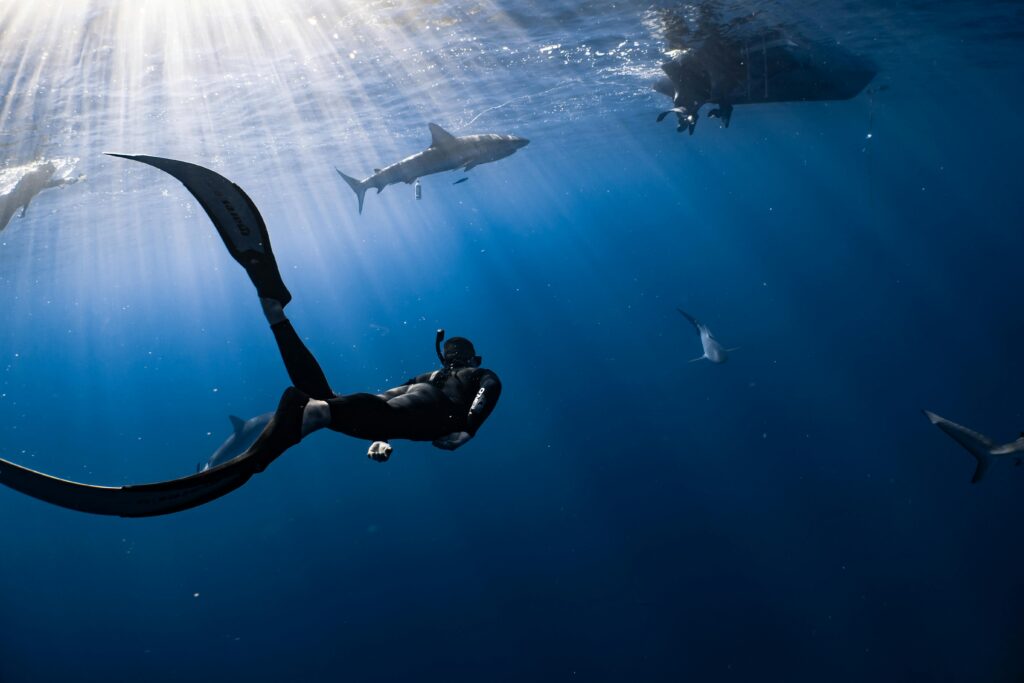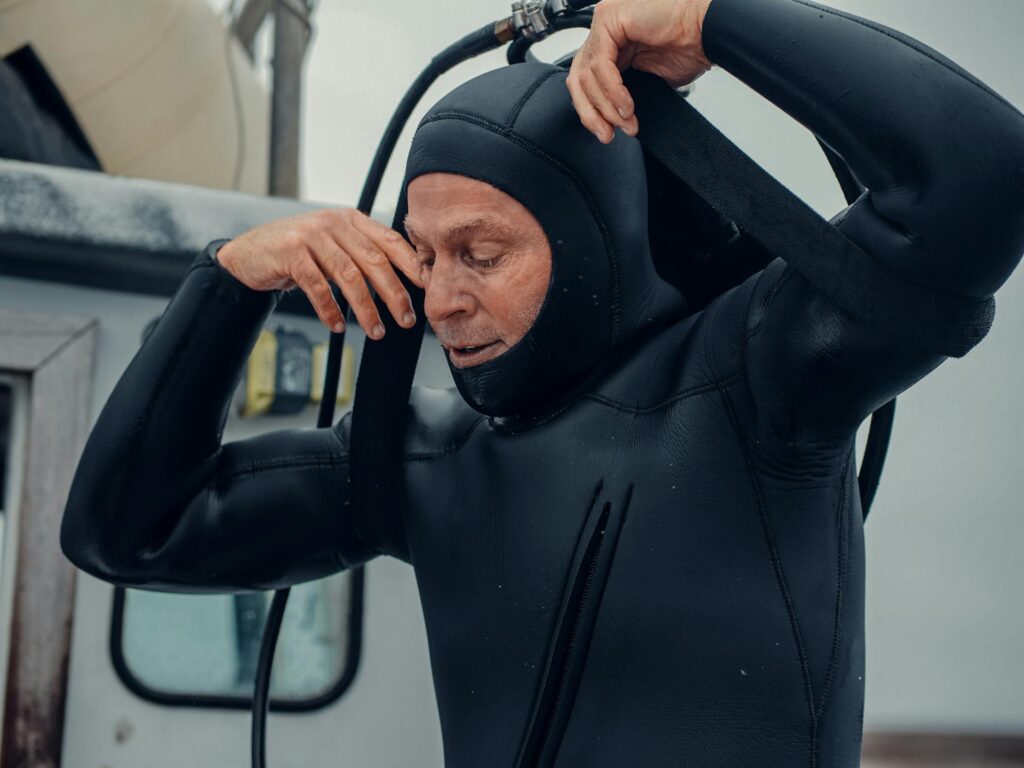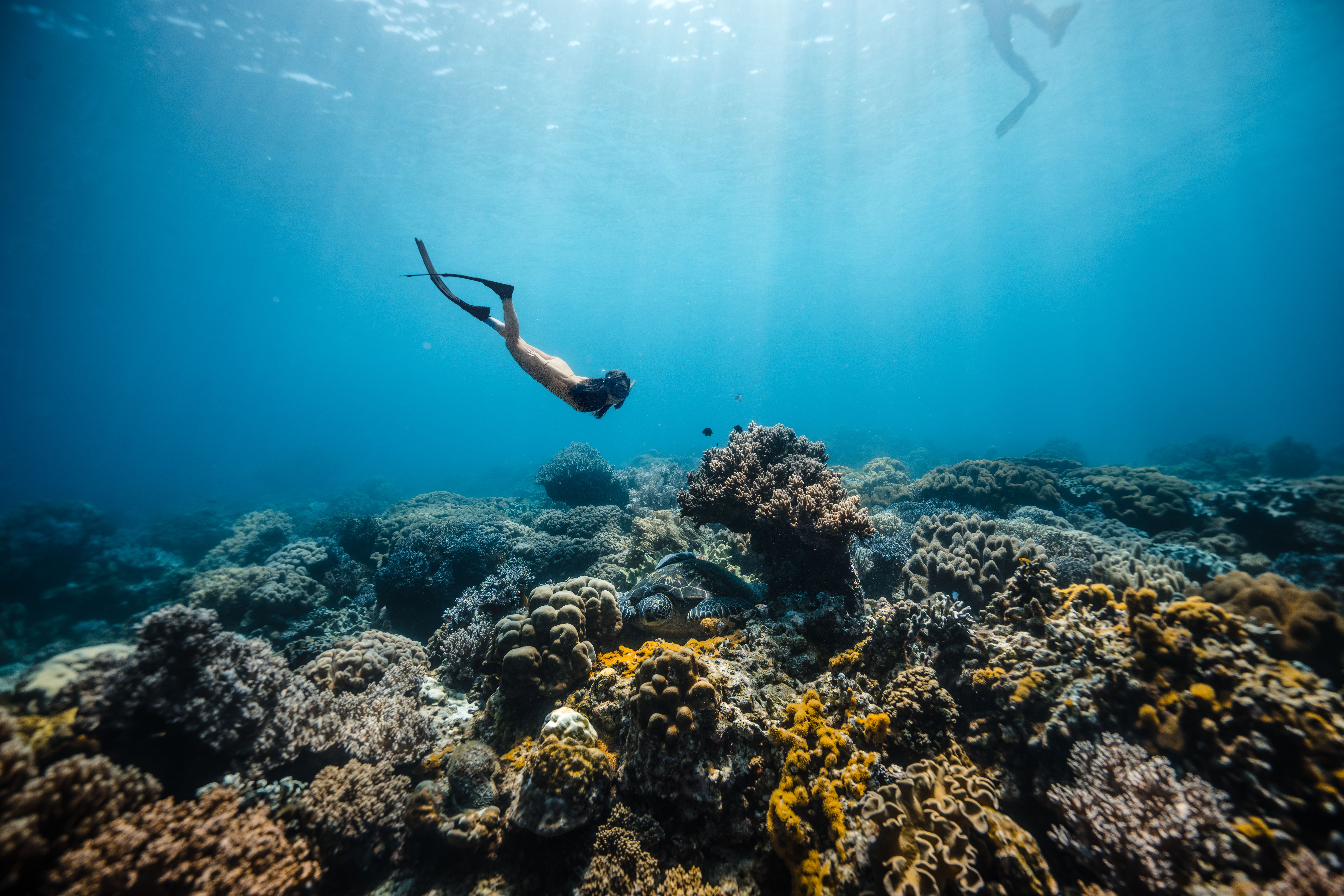The allure of exploring the underwater realm attracts many adventurers to take the plunge into the world’s oceans, lakes, and seas. Whether you’re drawn to the vibrancy of tropical reefs or the mysterious allure of colder climates, scuba diving offers a unique way to experience the planet’s aquatic environments. However, diving in cold water versus warm water presents divers with distinct experiences and challenges. In this comprehensive guide, we’ll dive into the differences between these two types of diving and what you should know before suiting up for your aquatic adventures.
Understanding Water Temperature
Before we compare cold water and warm water diving, it’s important to understand what qualifies as ‘cold’ and ‘warm’ water in the context of diving.
What Constitutes Cold Water?
Typically, water temperatures below 18°C (64°F) are considered cold for diving. In these conditions, you’ll find yourself needing extra gear to keep warm, such as thicker wetsuits or even drysuits. Cold water environments can be found in various locations, from the waters of northern Europe to the Pacific Northwest of the United States and Canada.
What Is Considered Warm Water?
Warm water diving generally refers to temperatures above 24°C (75°F). This is where you’ll find the colorful coral reefs and a variety of marine life that many associate with scuba diving. Popular warm water diving destinations include the Caribbean, the Great Barrier Reef, and the Red Sea.

Notice the Thick Wetsuit for Colder Conditions!
Cold Water Vs Warm Water Diving: The Experience
Diving in different temperatures can dramatically alter your underwater experience. Let’s explore how.
Marine Life
One of the most significant differences between cold and warm water diving is the marine life you’ll encounter. Warm waters are typically teeming with a wide array of colorful fish, coral, and other marine creatures. On the other hand, cold water regions are home to larger species, such as seals, whales, and an impressive variety of crustaceans and mollusks. The biodiversity in cold waters is often surprising to those who venture beneath the surface.
Visibility
Generally, cold water offers better visibility than warm water. This is due to several factors, including fewer particles in the water and less planktonic life that can cloud the view. However, warm water attracts divers with its vibrant colors and sunlight penetration, which beautifully illuminates the underwater scenery.
Diving Challenges
Cold water diving typically presents more physical challenges. The need for heavier and more insulating gear can make movement more cumbersome. Additionally, cold water can affect your body more quickly, leading to a greater risk of hypothermia if not properly equipped.
Warm water diving is generally easier, especially for beginners. The gear is lighter, and the conditions are often less demanding, allowing divers to focus more on the surroundings than on managing their equipment.

Gear Differences
The gear you wear while diving in different temperatures will vary substantially.
Cold Water Gear
In cold water, divers must wear thick wetsuits (7mm or more) or drysuits to insulate against the cold. Other gear includes gloves, hoods, and boots. Drysuits are particularly effective as they keep water away from the skin entirely, relying on air for insulation.
Warm Water Gear
In warm water, divers can wear thin wetsuits (3mm or less) or even dive skins, which are simple suits designed to protect against abrasions rather than for warmth. The lighter gear increases comfort and mobility, allowing for a more relaxed diving experience.
Safety Considerations
Safety is paramount in any dive, but cold water and warm water environments have their specific considerations.
Cold Water Safety
The main safety concerns in cold water include hypothermia and equipment failure. Divers should be well-versed in the signs of hypothermia and understand how to manage their gear effectively. It’s also crucial to have a dive plan that accounts for shorter bottom times due to the cold.
Warm Water Safety
While warm water diving is generally less physically taxing, divers still need to be cautious of dehydration, sun exposure, and potential encounters with hazardous marine life, such as jellyfish or venomous fish.

Training and Skills
Diving in different water temperatures can require different skill sets and training.
Training for Cold Water Diving
Cold water diving often requires additional training to deal with the gear and environmental conditions. Divers need to be comfortable with buoyancy control while wearing bulky gear and should practice skills like mask clearing and regulator retrieval while wearing thick gloves.
Training for Warm Water Diving
While warm water diving is typically more accessible, divers still benefit from buoyancy control and navigation training. Many warm water dive sites also offer opportunities for specialty training, such as coral reef conservation or fish identification.
Preparing for Your Dive
Regardless of the water temperature, proper preparation is key to a successful and enjoyable dive.
Pre-Dive Preparation
Before any dive, it’s essential to check your equipment thoroughly, be aware of the dive conditions, and plan your dive with your buddy or guide. Make sure you’re well-hydrated and have a good understanding of the dive site and its potential hazards.
Post-Dive Care
After your dive, take the time to properly clean and store your gear. Warm water divers should rinse gear with fresh water to remove salt, while cold water divers must ensure that their thicker gear is fully dried to prevent damage.
Conclusion
Diving in cold water versus warm water offers two distinct experiences, each with its own set of challenges, rewards, and beauty. Whether you’re captivated by the allure of colorful coral reefs or the majesty of a kelp forest, being prepared and understanding the differences will help ensure your underwater adventures are both safe and memorable.
The key to enjoying any aquatic adventure is respect for the environment, proper training, and the right equipment. With these in hand, whether you choose the warmth of the tropics or the chill of the polar seas, you’re sure to have an unforgettable scuba diving experience.


